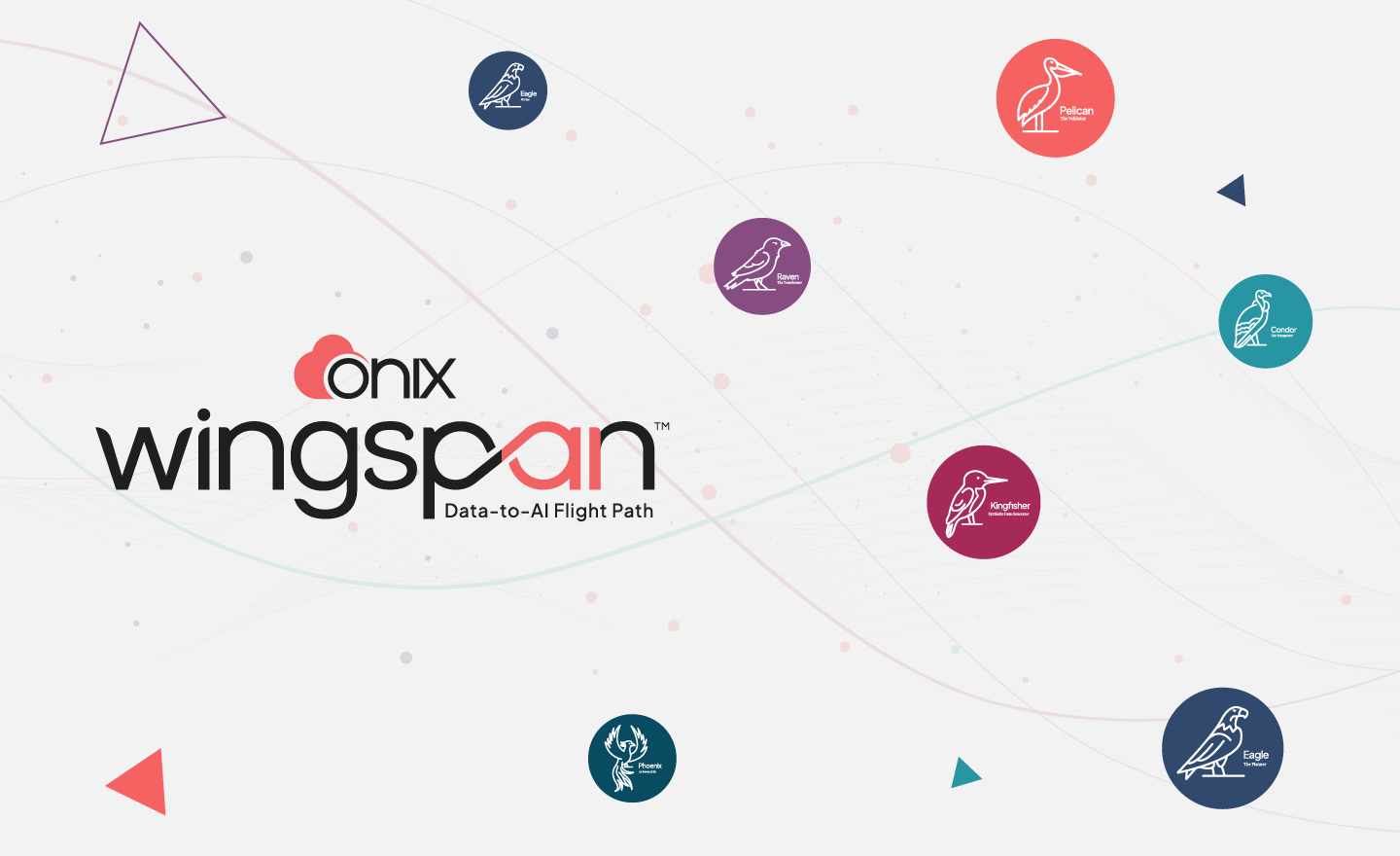We are living in the transformation cloud era, where organizations are truly focused on achieving innovation through digital transformation. Cloud technology is changing how people communicate, work, and live, as well as how organizations create more value.
What is the importance of digital transformation?
Digital transformation involves improving business operations and technologies for an organization to perform at its peak capacity. With help from tools like cloud computing and integrations, companies can streamline and automate tasks to improve efficiency.
Digital transformation services can offer the following benefits:
- Increased annual revenue.
- Improved organizational productivity.
- Positive brand reputation.
- Improved customer and employee experiences.
What Is a Digital Transformation Framework?
A digital transformation framework is a blueprint an organization uses to successfully navigate its shift from legacy systems to cloud environments. A framework and digital transformation can be influenced by evolving business trends and technology.
A digital transformation framework allows companies to grow as the business landscape changes. Without one in place, organizations risk missing out on the benefits of modern tools and technologies, which can harm their longevity in their industry.
By measuring useful milestones, helpful metrics and a clear roadmap to a successful digital transformation, a framework can make sure you’re on the right track to your ultimate destination.
How to build a digital transformation strategy
Asses your business
The first step in building a successful digital transformation strategy is to assess your business and articulate it to your team. Your vision should have a clear idea of where you want it to be years from now and how your industry will impact your organization.
To ensure the best transition from your current environment to a digital one, make sure the decision to undergo a digital transformation is:
- Understood and agreed upon by everyone in your organization.
- Created in a form that can be tracked as the transformation hits each milestone.
- One that shows a clear roadmap to success and how your company will operate as it evolves.
Research your industry and competitors
Understanding the trends and evolution of your industry is just as important as having a framework, which involves researching your competitors for insight. To start, use this as a checklist to help you better understand your industry’s future:
- Identify who your competitors are.
- Discover what product(s) or service(s) they offer and how they price them.
- Analyze their marketing tactics and what results they’ve gotten so far.
- Determine the software and technology they use.
These four initial steps will help you understand your competition and industry so you can determine how to shape your digital transformation framework.
Determine your goals and KPIs
The next step in creating your ideal framework is to clearly define and establish your goals and KPIs. When making a shift to a cloud platform, most companies only focus on cost savings alone. Although this is important, there are other types of KPIs and goals you should consider.
When creating your KPIs, ensure you have a hybrid of quantitative and qualitative KPIs. A quantitative KPI measures progress toward a goal with numbers and apply to areas like sales, customer service or revenue. A qualitative KPI focuses on non-numerical data, such as reviews, employee performance and SEO analytics on your website. When setting these, ensure you are using the SMART goal guidelines for the most success.
Cloud platforms, like Google Cloud Platform (GCP), can collect performance and website data to help you identify areas to improve or opportunities in your industry to take advantage of.
Build your plan
If you’ve followed the previous steps, you’re ready to construct a concise plan to undergo your digital transformation. To break down this step, consider the following digital transformation best practices:
- Governance. This defines the resources and infrastructure you should have prepared to undergo your transformation, such as budgets, KPI investment costs and strategy development.
- SMART goals. SMART goals help you measure and track the progress of your goals over time, which is important to analyzing success within your cloud platform.
- Customer needs and support. Ensure your cloud platform can provide the resources and solutions your customers need as you shift your business to a digital environment.
Pick a cloud provider and partner
Lastly, you need to determine which cloud provider is best suited to meet your business needs. The requirements you have and evaluation criteria you use will be unique to your organization. However, there are some common areas of focus you can reference when assessing your options:
- Certifications and standards – Do they adhere to industry best practices and standards?
- Technologies and Services – Do their platform and preferred technologies align with your current environment and/or support your cloud objectives?
- Data security, data governance and business policies – Do their business terms and agreements align with your team’s appetite for risk and legal obligations?
- Partnerships – Do the partner services offered fit into a larger ecosystem of other services that might compliment or support your cloud objectives?
- Reliability and performance – What are the provider’s disaster recovery provisions, processes and their ability to support your data preservation?
- Migration support – Is there vendor lock-in?
- Business health and company profile – What are the technical and operational capabilities of the provider? Additionally, how is the company’s financial health?
Finding the best digital transformation services for your business
A digital transformation is demanding, but rewarding if executed correctly. Working with a team of industry experts is an effective way to implement your digital transformation strategy for a successful transition to a cloud platform.
Onix’s team of experts can assist you every step of the way to help ensure a seamless digital modernization for 2023 and beyond so you can take advantage of the importance of digital transformation.
Learn more by exploring our digital transformation services that are sculpting the success of organizations every day.









